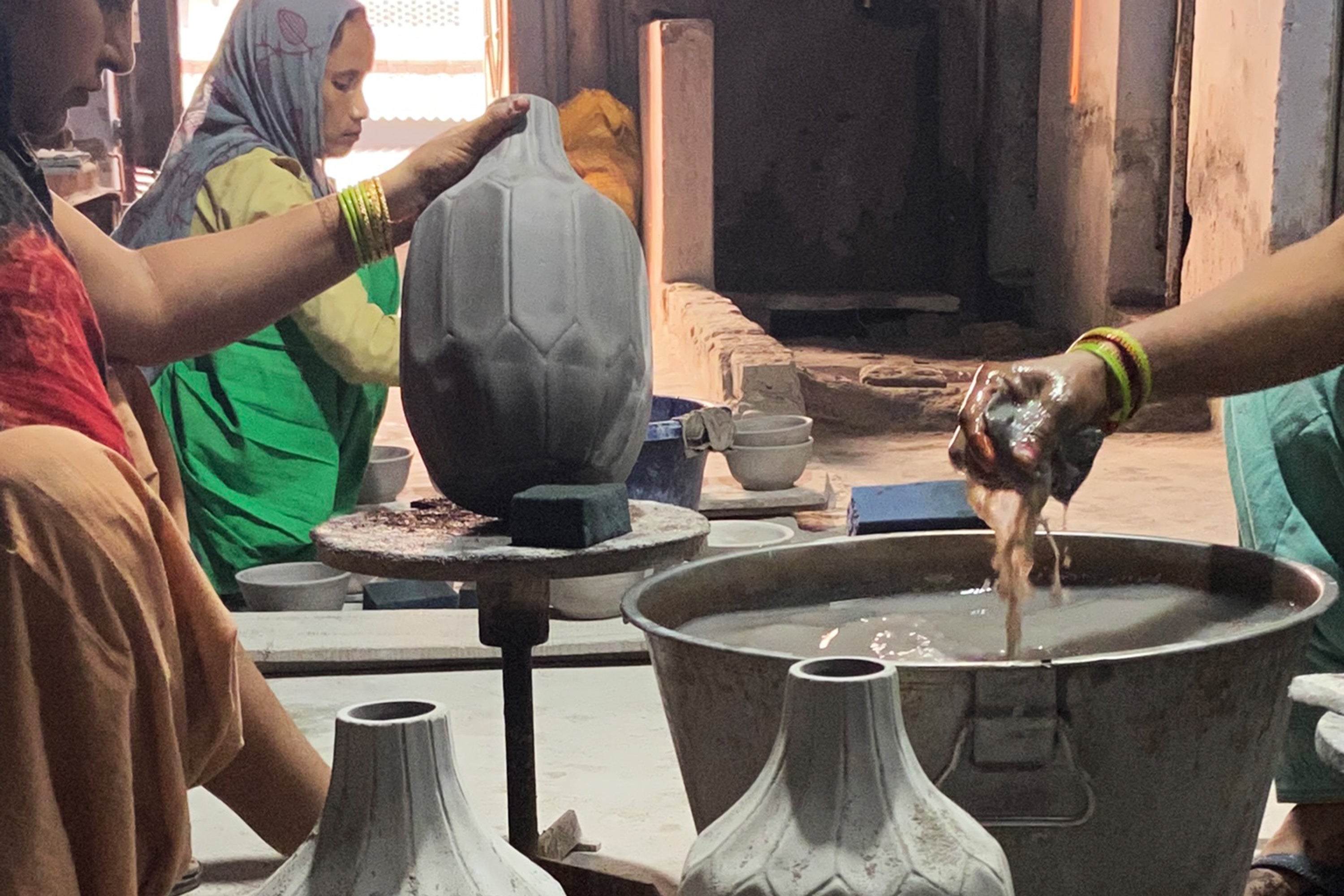
The Art of Pottery
Crafting Timeless Beauty from Clay
Pottery is one of the oldest and most cherished forms of art, deeply rooted in cultures around the world. The practice of shaping clay into functional and decorative objects has remained a timeless craft, passed down through generations. Each piece of pottery tells a story of creativity, patience, and the skill of the artisan who crafted it.
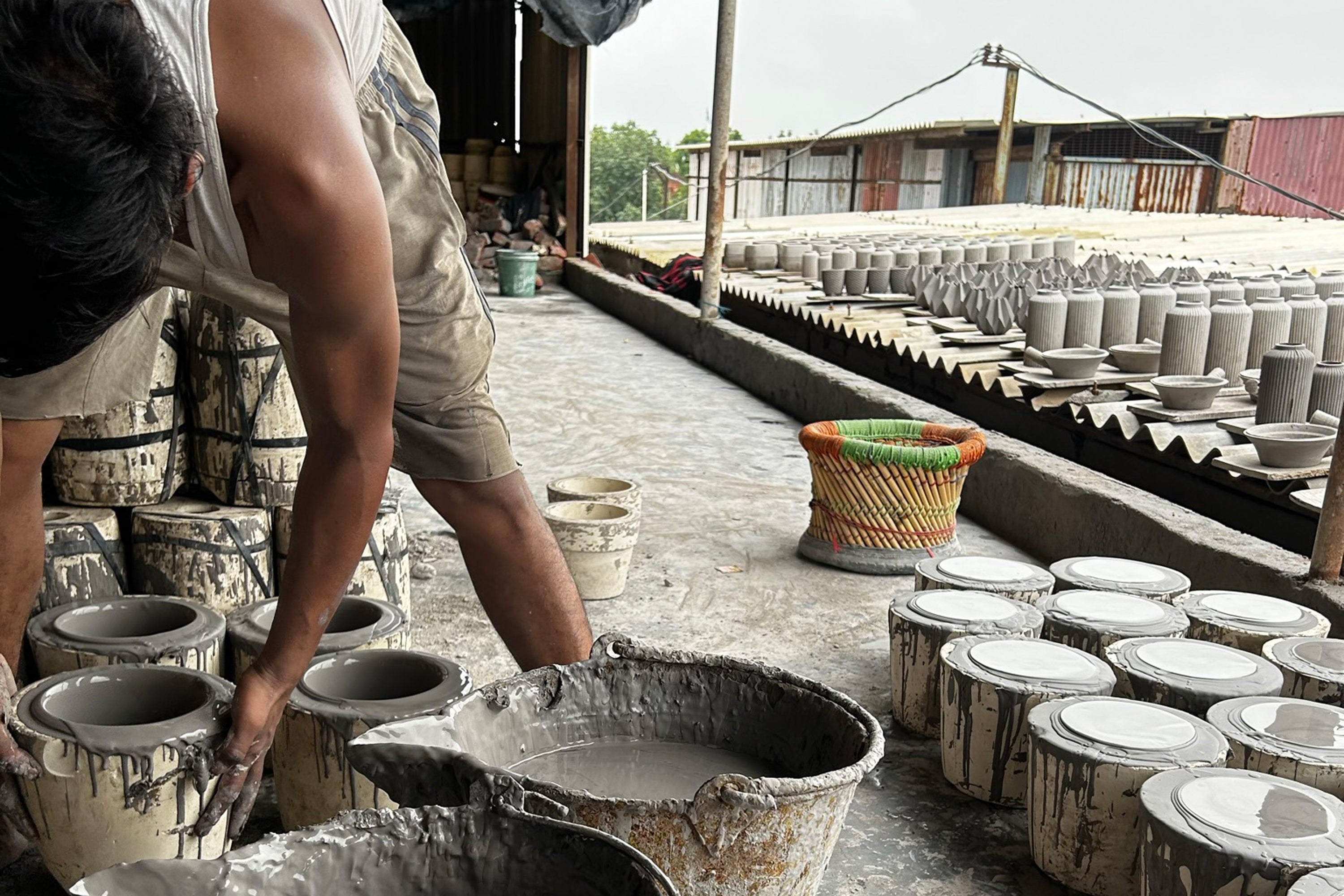
The Journey of Clay
Step 1: Clay Preparation
The first step in pottery is sourcing and preparing the clay. Artisans carefully select the clay, ensuring it is free of impurities that could affect the final product. The clay is then kneaded and mixed with water to achieve the right consistency. This process, known as wedging, is crucial for removing air bubbles and creating a smooth, workable material that can be shaped into beautiful forms.
Step 2: Shaping and Molding
With the clay prepared, it’s time for the artisan’s creativity to take center stage. Using techniques such as hand-building, molding, or throwing on a pottery wheel, the clay is skillfully shaped into the desired form. Whether it’s a simple bowl or an intricate vase, this step is where the artisan breathes life into the clay, transforming it into a unique piece of art.
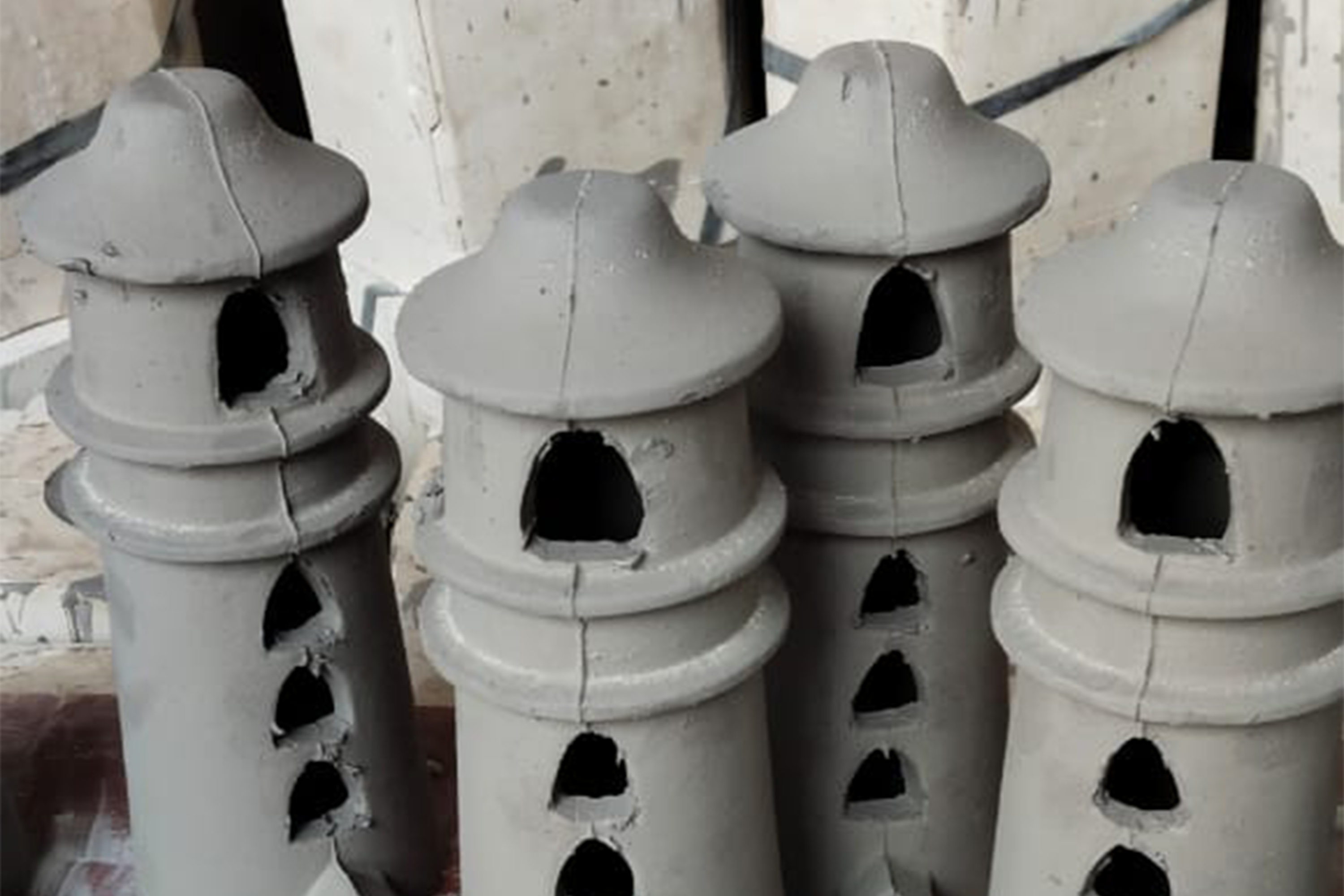
Step 3: Drying and Cleaning
Once shaped, the clay pieces are set aside to dry slowly. This drying process can take several days, depending on the size and thickness of the piece. As the clay dries, it begins to harden, but before it is fired, the piece is carefully cleaned and smoothed to remove any imperfections or debris that may have settled during drying. This step ensures that the final product has a clean, polished surface.
Step 4: Bisque Firing
After the clay has dried completely and been cleaned, the next step is bisque firing. This initial firing process takes place at a temperature of around 900°C to 1,000°C. Bisque firing hardens the clay, making it easier to handle and less prone to breakage. It also transforms the clay into a porous, yet sturdy material, which can then be glazed or decorated further.
Step 5: Firing in the Kiln (for Terracotta)
For terracotta products, the final firing occurs at a temperature of approximately 1,000°C to 1,200°C. This single firing solidifies the material, giving it the strength and durability needed for functional use. The temperature and duration of the firing process are carefully controlled to achieve the desired finish. This is typically the final step in the creation of terracotta pieces unless they are hand-painted.
Hand-Painting (for Terracotta)
For colored or hand-painted terracotta products, artisans apply natural pigments or paints by hand, decorating the surface with intricate designs or vibrant colors.
Glazing and Second Firing (for Ceramics)
In the case of ceramic products, after the bisque firing, a glaze is applied. This glaze not only adds color and a glossy finish but also makes the piece waterproof. The ceramic piece is then fired a second time in the kiln, typically at temperatures above 1,200°C. This second firing sets the glaze and gives the ceramic its final, polished appearance. The double firing process ensures that ceramics are both durable and visually appealing.
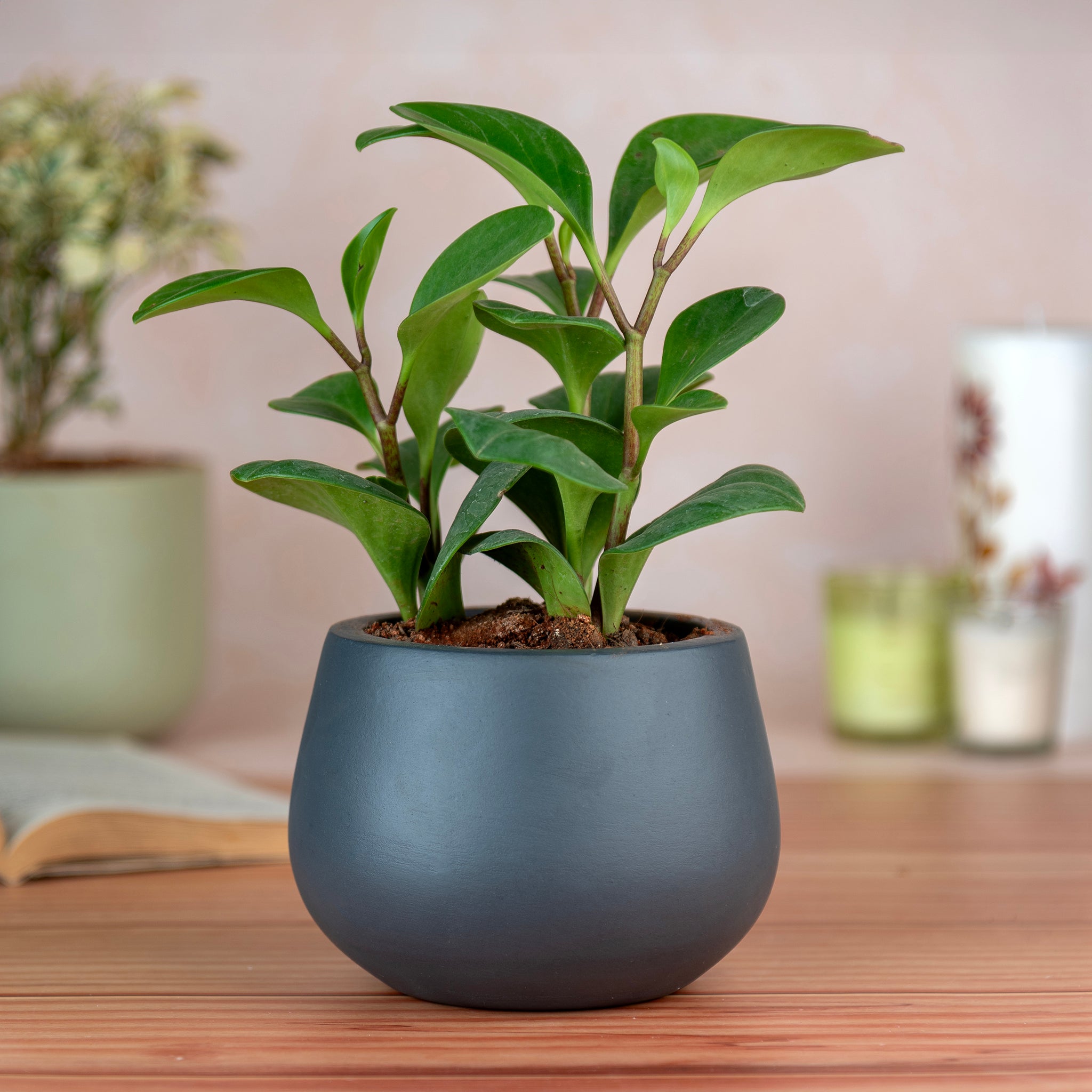
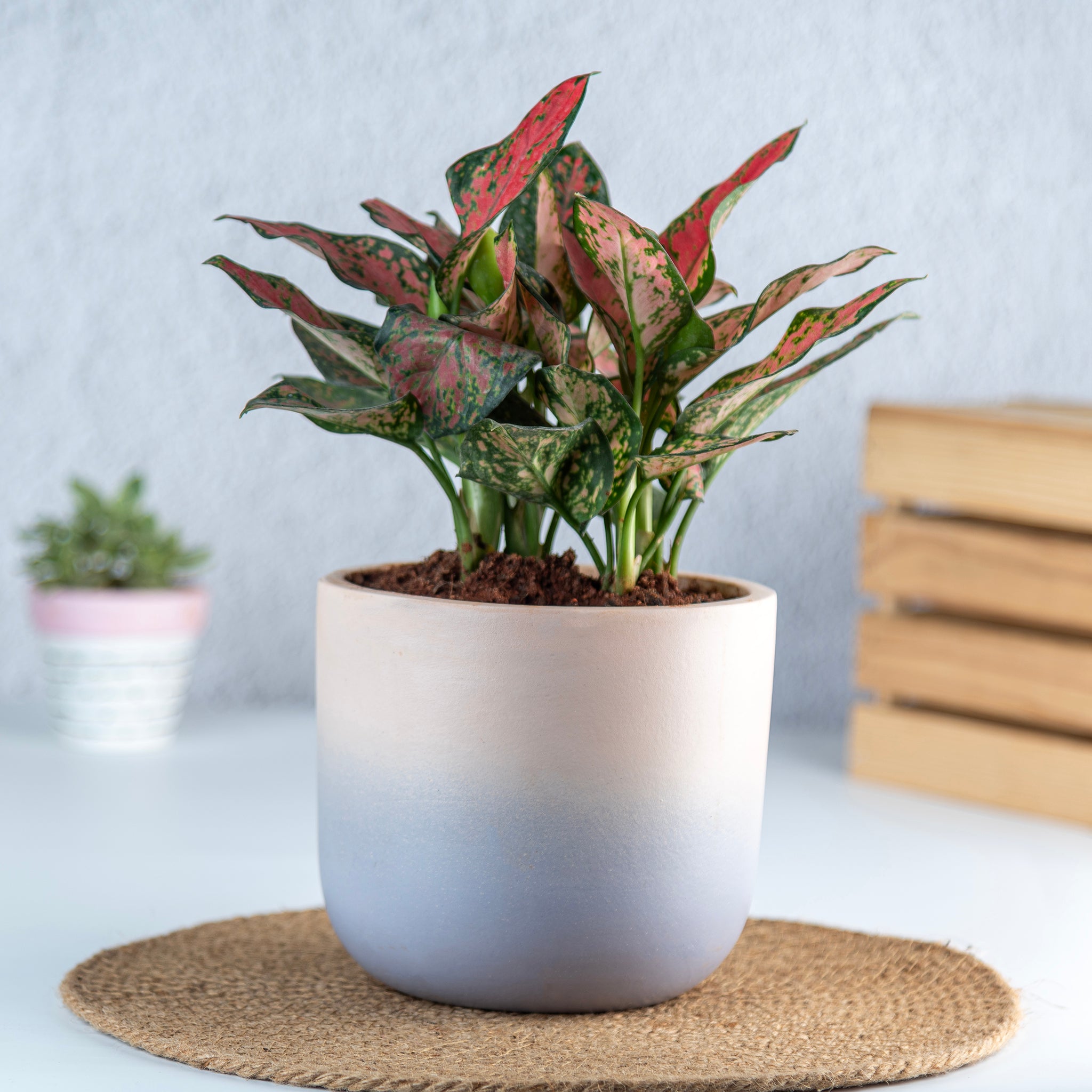
Crafting with Heart
Discover the Artmansha POTTERY COLLECTION
Behind every piece of pottery is an artisan whose hands have shaped, molded, and brought the clay to life. These skilled craftspeople carry forward a tradition that has been nurtured over generations, preserving techniques and knowledge passed down through time. The dedication and expertise of these artisans are evident in every curve, line, and finish of the pottery they create. Their work is not just about producing functional objects; it’s about crafting pieces that carry cultural heritage, artistic expression, and a connection to the earth. Each piece of pottery, is a testament to the artisan’s mastery and a celebration of the timeless art of pottery.
